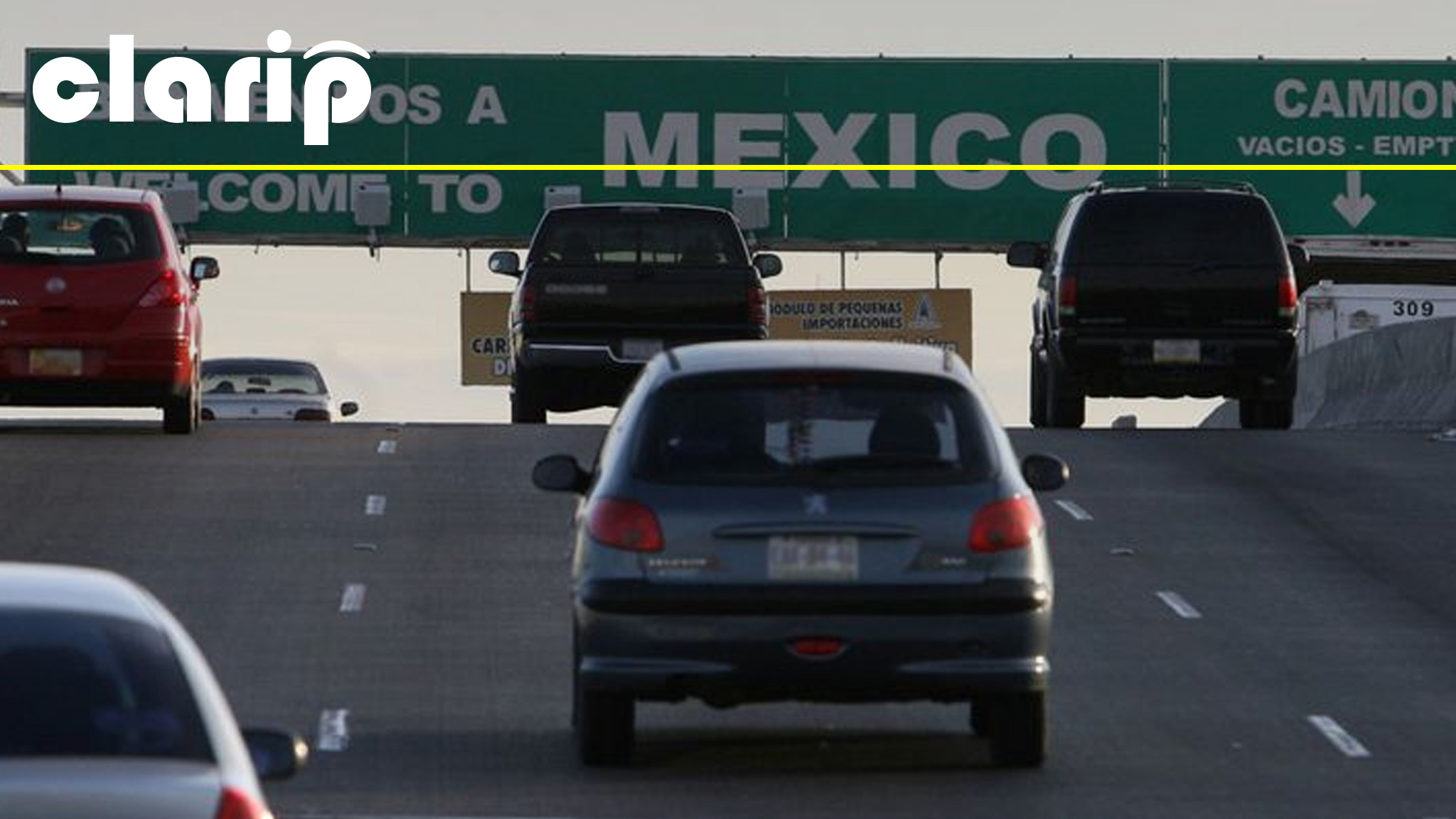The U.S. Government Is to Expand the Use of Biometrics at the Borders

Biometric identification was named as one of the strategic objectives in the U.S. Customs and Border Protection’s (CBP’s) strategy for the next five years.
Under the existing Biometric Entry/Exit program, just before the entry into or exit from the United States, each international traveler’s photo is taken and compared with existing images from passports, visas and other travel documents.
The CBP plans to expand its Biometric Entry/Exit system at the airports, and develop and deploy biometric solutions to increase matching accuracy at land crossings and sea ports. The desired outcomes include reduction in the need to verify physical travel documents, confirmation of visa overstays, along with the detection of fraud.
The CBP is currently awaiting the approval of its proposed changes to the rules around its biometrics collection which would include moving the Biometric Entry/Exit system out of the pilot phase and into production, as well as collection of biometric data from children.
In last year’s letter to the Department of Homeland Security, a number of U.S. Representatives questioned the CBP’s use of this technology on U.S. citizens when the statutory authority limits the program to foreign nationals. Even though U.S. citizens can technically opt out of the program, the Representatives questioned the adequacy of the notice and information currently provided about the program to the public.
The government at the federal and local levels collects and processes a vast amount of biometric information on the U.S. citizens and foreign nationals, with the facial recognition technology being the most widespread and controversial use of biometrics by the government.
According to the study by the Georgetown University Center of Privacy and Technology, law enforcement face recognition networks in the United States include 117 million Americans. At least 1 out of 4 state or local police departments has an option to run face recognition searches through their or another agency’s system. And as many as 30 states allow law enforcement to run or request searches against their database of driver’s license and ID photos.
Although the benefits of facial recognition technology for law enforcement are obvious – it can help stop terrorists at the border, identify criminals, prevent identity theft, and even locate missing persons – civil rights and privacy advocates have raised concerns about the accuracy of these technologies, as well as their impact on individual privacy and civil liberties. One of the major issue with the current facial recognition technology is that it has been shown to be less accurate on people of color, women, and other minority groups.
Improve customer trust with Clarip’s privacy governance platform. Schedule a demo of the Clarip data mapping software for GDPR by calling 1-888-252-5653.

 Data Risk Intelligence
Data Risk Intelligence Automated Data Mapping
Automated Data Mapping Do Not Sell/Do Not Share
Do Not Sell/Do Not Share Cookie Banner Solutions
Cookie Banner Solutions Consent & Preferences
Consent & Preferences Data Rights Requests
Data Rights Requests
